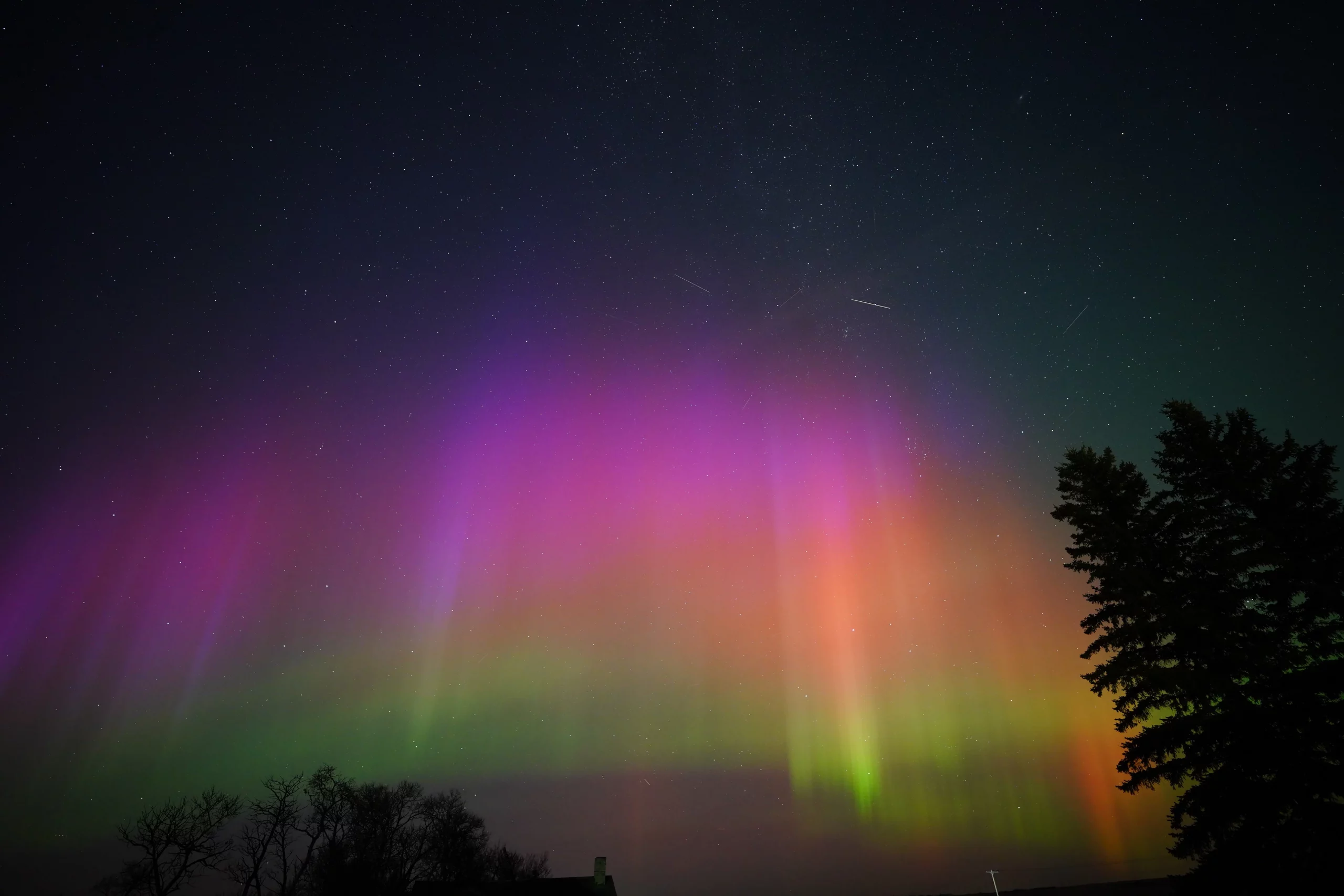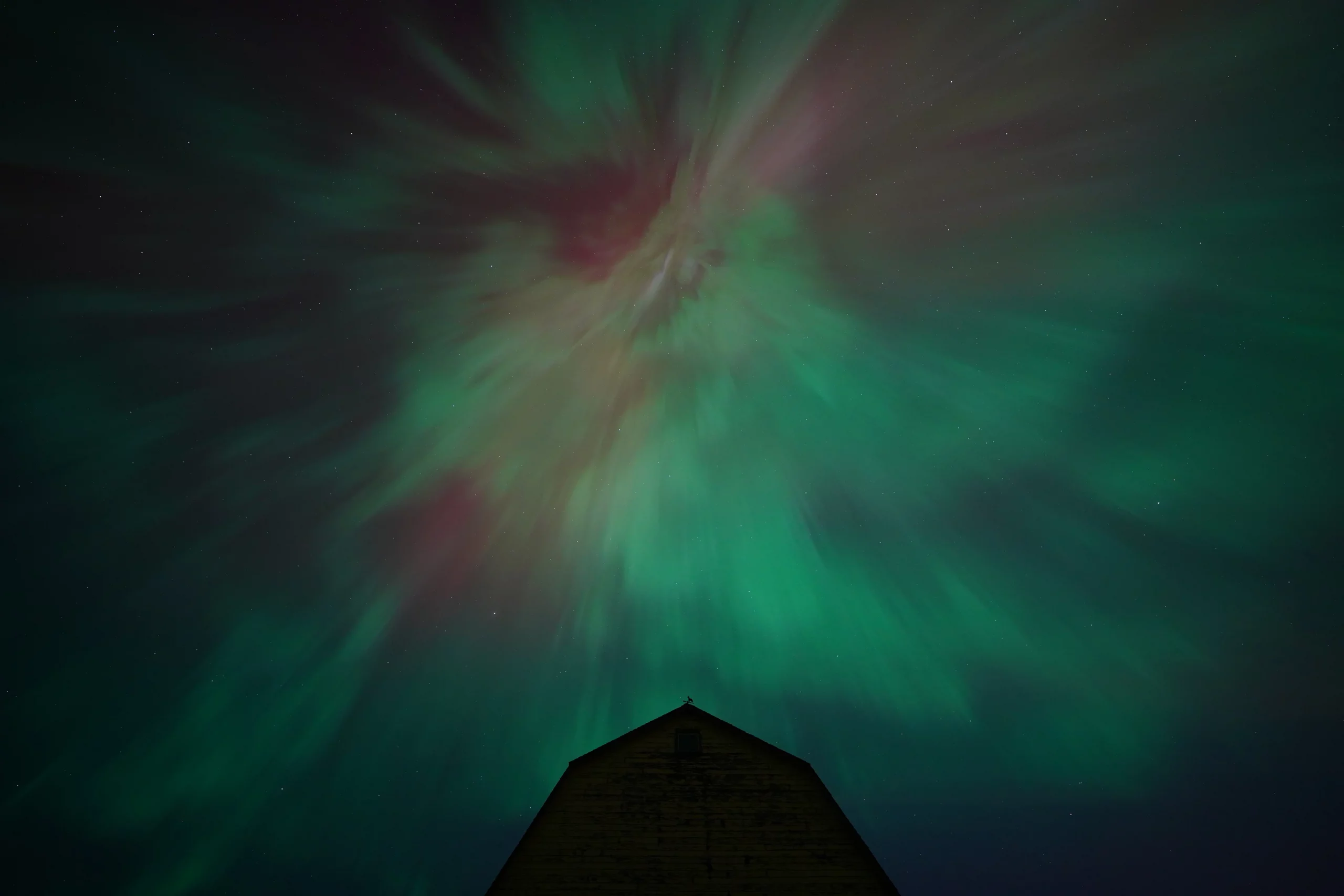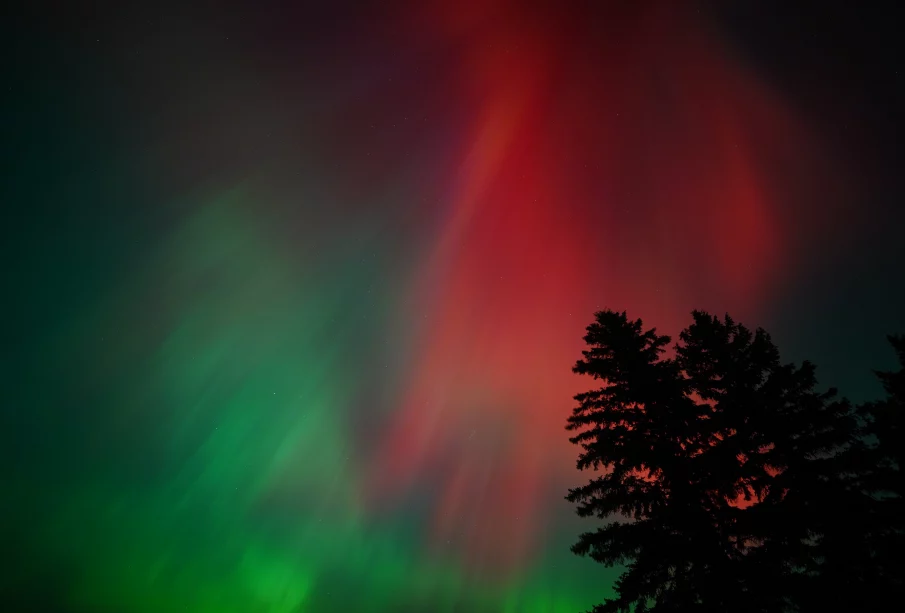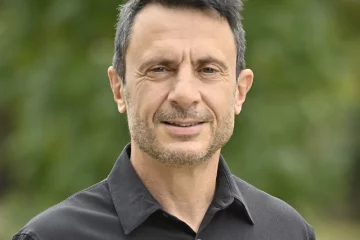An astronomer’s take on November’s solar storm that painted the skies red and green
Regina was treated to a spectacular display of the northern lights in November, casting reds, greens, purples and even a hint of orange across the sky. Astronomers already had a feeling something was coming, but no one knew how extraordinary it would be. For University of Regina’s (UofR) professor and astronomer, Samantha Lawler, the night became one of the clearest auroral displays Saskatchewan has seen in years. The Carillon had the chance to speak with her in a phone interview about the recent auroras.
Lawler had been tracking solar activity throughout the day, following the clusters of sunspots that produce the flare responsible for the storm. “Every eruption is different, and there’s not a lot of data, so you never know if it’ll be an amazing storm or something that fizzles out,” she said. But as the sky went darker and the predictions sharpened, she found herself checking her windows repeatedly. “I live outside Regina where it’s darker, so I could see it very easily as it started picking up. When I finally went outside, it was incredible.”
The first thing that stood out was the red. “Our eyes aren’t very sensitive to red at night, so usually you only catch that in long exposure photos. But this time it was very clear and easy to see, that’s what made it so different.”

A rare display for Saskatchewan
Auroras follow the sun’s activity cycle, which peaks roughly every 11 years. “During the peak years, you get maybe three strong storms,” Lawler explained. “This was absolutely one of those top three.” She adds that in a province that already enjoys some of the best aurora visibility in the world, this was something astronomers waited years for.
What actually happens?
While most people saw sweeping colors, the science behind the light show was far more dynamic. “What’s happening is that plasma from the sun and charged particles intertwine with magnetic fields, and get launched towards earth,” stated Lawler.
Those collisions excite atmospheric oxygen and nitrogen, causing electrons to jump to higher energy levels. When they fall back, they emit specific colors of light: green and red from oxygen, and purple from nitrogen. One surprise last week was a glow that appeared orange. “I had never seen that before,” Lawler said. “I think it’s a combination, the red, green, and purple all happening together.”
At one point, the aurora was so bright that Lawler found she didn’t even need a flashlight. “I could see around me from the light of the aurora itself,” she said. “That was impressive.”
This was one of the strongest solar storms of the cycle”- Samantha Lawler
A scientific and cultural experience
For Lawler, the significance of the night was not only scientific. Her parents had flown in from Los Angeles and were standing outside with her as the sky erupted. “We were all outside just so excited,” she said, laughing.
Lawler stated she also talked about the history of auroras in her astronomy class, “Fantastic stories about deep traditional knowledge from many generations who have lived on this land and the creator for that kind of aurora show is the ancestor dancing so it’s like this joyful connection to the past and that’s how you really feel that when you’re out there under such an impressive light show.”
Although Lawler did not grow up watching auroras, Saskatchewan has become one of her favorite places to observe them. “If you go much farther north you don’t get night time in the summer, we can see auroras here all year round because we do get night time and pretty clear weather even in the winter time so this is really one of the best places in the world for seeing auroras.”

Will we see another soon?
“The sun is still very active, there are lots of sun spots: little twisted up magnetic fields and that’s where these storms come from, there’s a really good chance we get another storm that good, but many nights when I when I go out and look I can see a little bit of light on the northern horizon and if you take a slightly longer time exposure picture even [with] just your phone you can start to see structure and color so it really does happen quite often here which is great” stated Lawler.
“It was truly stunning,” stated Lawler. “I wish more people could experience how incredible it was.”










